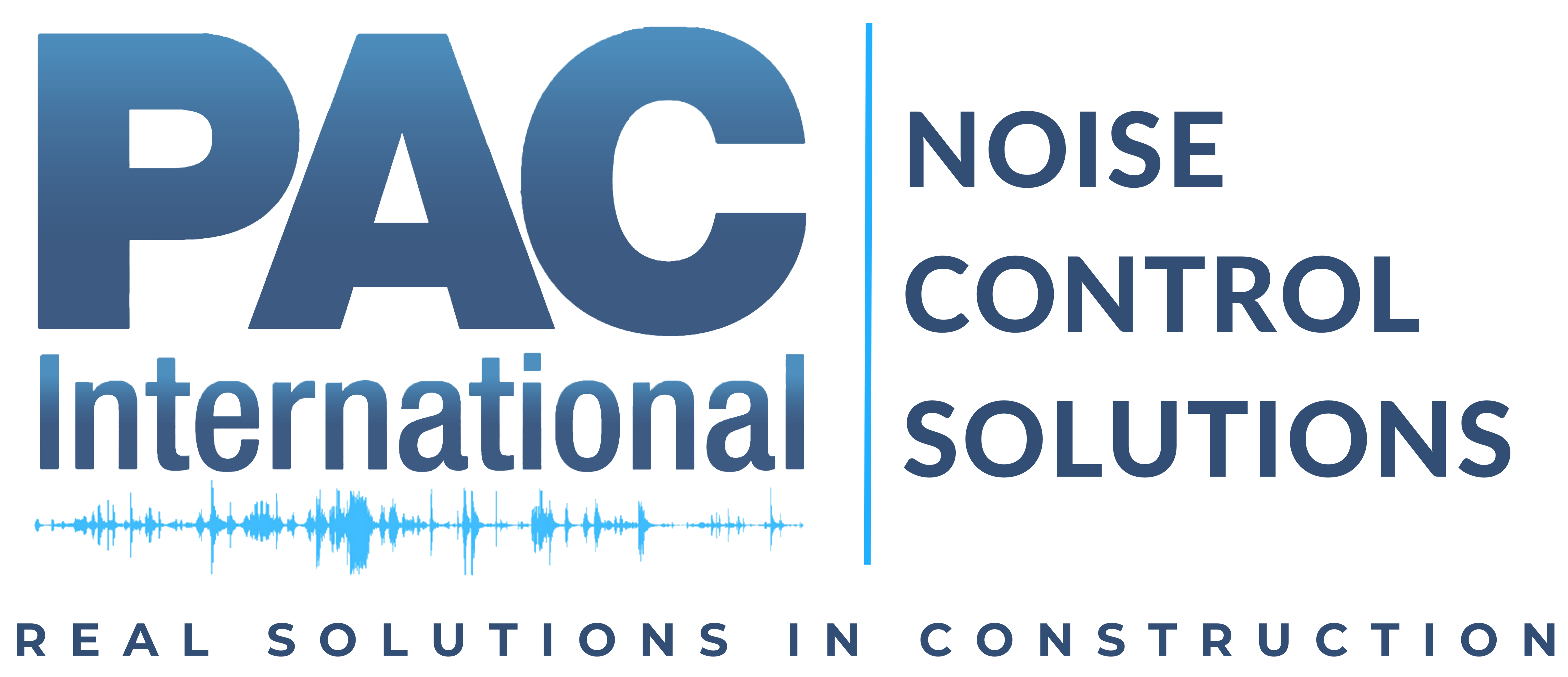Upcoming Webinars
A WEBINAR COLLABORATION

“Simplify steel stud design with
RSIC-1® and PABCO Gypsum”
August 2024
10:00 AM PST | 1:00 PM EST
On a single project the gauge and spacing of the steel studs used to frame the walls
can vary significantly, and that variation can affect the acoustical performance of
those walls. PAC’s RSIC-1® and RSIC-V® are the ideal ways to achieve consistent
acoustical performance in heavy-gauge steel framed walls regardless of stud gauge
and spacing. This helps ensure that the project meets its design requirements for
Sound Transmission Class (STC) ratings. Additionally, using the RSIC-1® or RSIC-V®
means that one solution works for many wall types, so the design details and
construction estimating are significantly simplified.
